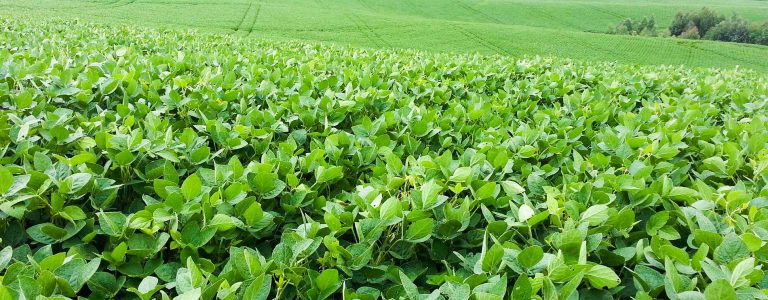Demand for cassava starch and chips is likely to increase strongly in both local and international markets, auguring a bright future for the domestic cassava industry, experts said yesterday.
Speaking at the first congress of the Viet Nam Cassava Association in HCM City, Nghiem Minh Tien, the association’s deputy chairman, said cassava production had increased strongly in Viet Nam over the last 20 years.
“Cassava now is an important source of income for farmers,” he said.
The country currently has about 560,000ha under cassava cultivation, mainly in the central, Central Highlands, southeastern and northern mountainous regions.
Cassava yields in several provinces had more than doubled thanks to the planting of new high-yielding varieties and the adoption of more sustainable production practices, Tien said.
Twenty years ago, there were no medium- or large-scale cassava starch factories in the country, but there are nearly 300 cassava processing factories in operation now with capacities ranging from 30 to 300 tonnes a day.
Many factories have invested in the upgrade of their production technology and installed wastewater treatment systems, reducing environmental pollution.
Cassava starch, produced from cassava root, is mainly used as food, but is also a material source for many industries including the pharmaceutical industry.
Viet Nam is now the second largest exporter of cassava products after Thailand, earning US$1.5 billion from shipments last year. China is the biggest importer of Vietnamese cassava, accounting for more than half of the nation’s exports.
Demand for cassava starch would continue to increase in the world market, association officials said, adding that the domestic market would also see high demand for the products in the next five years as raw material for food, confectionery, beverages and ethanol producing enterprises.
Although the cassava industry had flourished over recent years, it faced several problems that threatened its sustainable development, the congress heard.
The problems included periodic rushes to plant cassava without planning and a lack of direct links between farmers and enterprises, said Nguyen Van Hoa, deputy general director of the Department of Crop Production.
Besides, “excessive reliance on the China market poses great risks for the country’s cassava industry”, Hoa said.
Under the Government’s development plan for the agricultural industry, by 2020, Viet Nam will have 450,000ha under cassava cultivation with an output of 11 million tonnes, and relevant agencies and localities will review zoning plans to establish “concentrated cultivation areas” to increase productivity.
Hoa urged enterprises to focus more on diversifying their products as well as export markets.
Many delegates at the congress said the establishment of the Viet Nam Cassava Association this year should help ensure that the development of the cassava industry takes place in a sustainable manner.
Nguyen Van Lang, the association’s chairman, said hey would help local firms expand their export markets.
“The association will work to raise cassava export revenues to $2 billion in the next five years,” he said.
Enterprises exported nearly 1.88 million tonnes of cassava worth $587 million in the first five months of this year, with mainland China, South Korea and Taiwan being the main importers.
Cassava is now the country’s third largest agricultural export commodity after coffee and rice.




